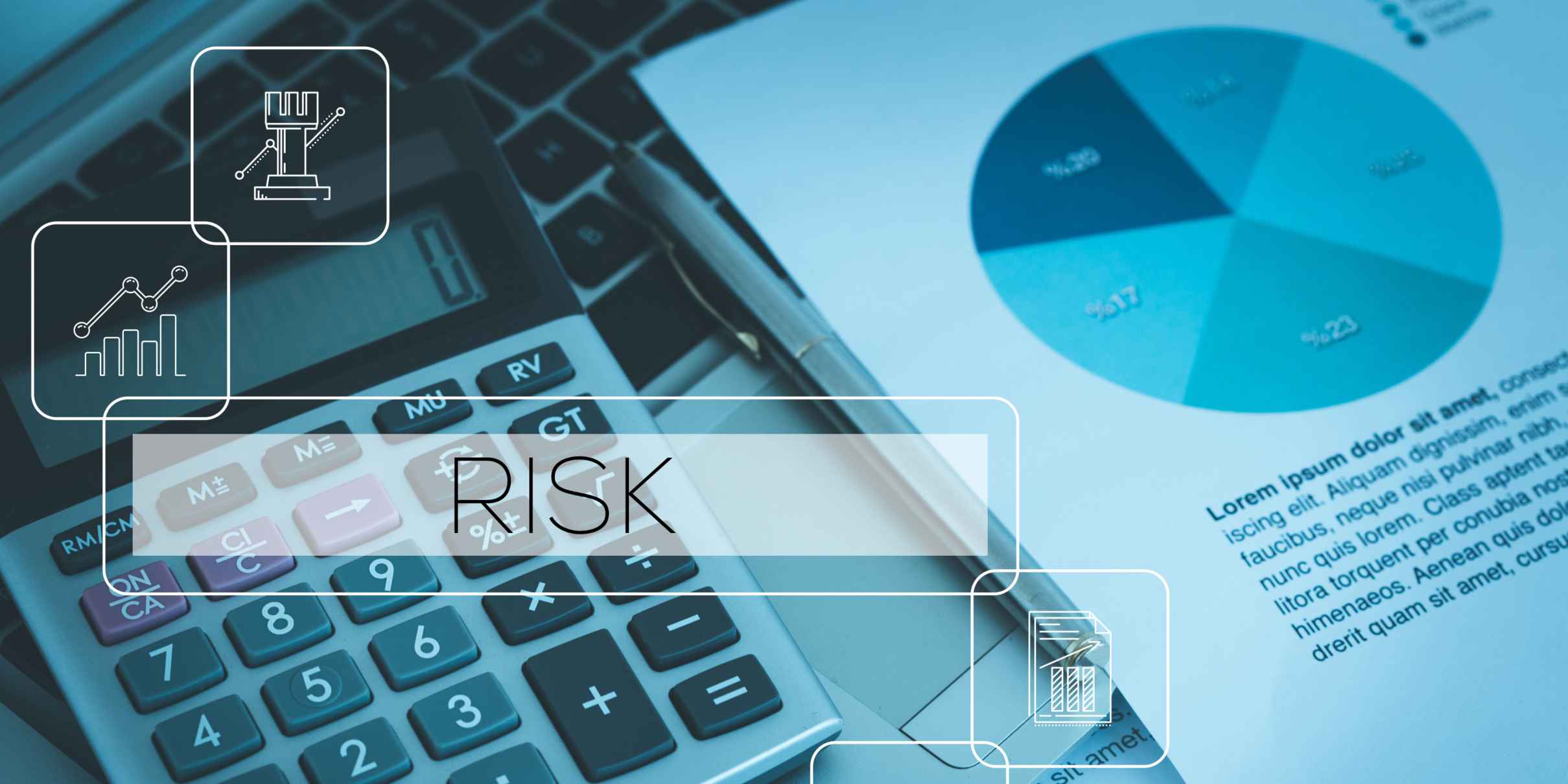Why Risk Scoring Matters in Financial Services
In the financial sector, decisions carry weight—on capital, trust, compliance, and reputation. That’s why risk scoring isn’t just a technical tool—it’s a strategic imperative. From underwriting loans and structuring portfolios to setting internal limits and capital reserves, scoring risks accurately allows financial institutions to manage complexity with clarity.
In 2025, where regulations tighten and volatility accelerates, the institutions that thrive are those that use scoring not just to assess risk—but to act on it.
What Is Risk Scoring in Finance?
Risk scoring refers to the structured evaluation of risks using numerical or categorical values. These scores enable financial institutions to prioritize threats, calculate potential impacts, and allocate capital or controls effectively.
In practice, risk scoring helps organizations:
- Measure exposure across business units or portfolios
- Determine where controls are weak or ineffective
- Quantify risk appetite alignment
- Justify decisions to regulators, auditors, and stakeholders
Key Types of Risk Scoring Models
Risk scoring methods vary by the type of risk being assessed. The most commonly used include:
Credit Risk Scoring
- PD (Probability of Default): Likelihood a borrower will default
- LGD (Loss Given Default): Percentage loss if default occurs
- EAD (Exposure at Default): Total exposure in the event of default
Market Risk Scoring
- Value at Risk (VaR): Estimated maximum loss within a confidence interval
- Stress VaR: Models risk under extreme but plausible scenarios
Operational Risk Scoring
- Subjective estimates based on process failures, fraud, or system breakdowns
- Often combines historical loss data with expert judgment
Enterprise Risk Scoring
- Aggregates all risk types into a unified view
- Supports strategic decision-making and board reporting
Common Scales Used in Risk Scoring
Scoring risks depends on consistent and interpretable scales. Examples include:
- Ordinal Scales (e.g., 1–5 or 1–10): For likelihood, impact, velocity
- Probability Ranges: e.g., 0–10%, 10–30%, >70%
- Benchmark Ratings: Based on credit ratings or regulatory standards
- Heat Maps / Risk Matrices: Visual summaries of scored risks
Qualitative vs Quantitative Approaches to Scoring
Both approaches are valid—depending on risk type and available data.
Hybrid scoring models, often used in enterprise risk management (ERM), combine both approaches—scoring likelihood qualitatively while using hard financial data for impact.
Tools and Platforms Supporting Risk Scoring
Modern risk management software enables dynamic scoring, integration with controls, and visualization of trends. Platforms like CERRIX support:
- Multi-level scoring logic (gross, net, actual)
- Configurable taxonomies and risk matrices
- Real-time dashboards
- Workflow-enabled reassessments
These tools allow risk managers to move beyond Excel and embed scoring into everyday decisions.
Risk Appetite and Tolerance Integration
A powerful use of risk scoring is tracking proximity to appetite thresholds. For example:
- A risk with a net score of 16 (on a 25 scale) might trigger a yellow alert
- If it exceeds 20, it may require executive escalation
CERRIX enables visualization of these thresholds through real-time dashboards, so deviations are no longer buried in quarterly reports—they’re surfaced when it matters most.
Examples of Financial Risk Scoring in Action
- Loan Origination: Credit scores and risk ratings determine pricing or approval
- Capital Planning: Basel-aligned risk weights determine capital buffers
- Operational Reviews: Controls tested to adjust net risk scores
- Stress Testing: Scenario-based risk scores simulate systemic crises
Regulatory Standards and Risk Scoring
Financial institutions must align with global and local standards:
- Basel III / IV: Defines credit and market risk metrics, capital adequacy
- ECB Guidelines: Require documented, traceable scoring logic
- ISO 31000: Promotes structured risk identification and evaluation
- COSO ERM: Focuses on risk governance and strategy alignment
Best Practices in Risk Scoring for 2025
- Document Your Models: Keep all assumptions and formulas transparent.
- Align With Appetite: Scoring must link to board-approved limits.
- Backtest and Refine: Use incident data and audits to improve scoring accuracy.
- Embed Ownership: Ensure scores are updated by first-line managers, not just risk teams.
- Visualize in Real Time: Static heatmaps are outdated—go dynamic.
Challenges and Pitfalls to Avoid
- Over-Reliance on Historical Data: Past does not always predict future.
- Unclear Definitions: Risk scoring terms must be standardized across the enterprise.
- Manual Workflows: Without automation, errors and inconsistencies increase.
- Neglecting Low-Probability Risks: Black swans still matter.
CERRIX: Enabling Real-Time, Structured Risk Scoring
CERRIX provides a built-in risk scoring engine tailored to financial institutions. Its platform includes:
- Configurable scoring models (qualitative, quantitative, or both)
- Risk-to-control mapping for residual score calculation
- Appetite thresholds and visual indicators
- Audit-ready scoring history
The platform supports risk managers, compliance leads, and auditors in aligning risk logic across the organization—without needing IT.
FAQs
Q1: What’s the difference between gross and net risk scores?
Gross is the risk before controls; net is after controls are applied.
Q2: Can risk scoring be automated?
Yes—platforms like CERRIX trigger reassessments and update scores based on data inputs.
Q3: How often should models be reviewed?
Annually at minimum—or after any major incident or regulatory update.
Q4: Is stress testing part of risk scoring?
It can be. Scenario-based scoring supplements normal conditions to assess resilience.
Q5: Who owns the risk scoring model?
Typically, the second line (Risk or Compliance), but execution happens in the first line.
Q6: What’s the role of internal audit in scoring?
Audit reviews the scoring logic, its documentation, and the consistency of its application.
Conclusion: Turning Scores Into Strategy
Risk scoring is not a numbers game—it’s a leadership tool. When done well, it transforms how institutions allocate capital, monitor exposures, and act under pressure.
In 2025, risk scoring isn’t just about risk avoidance—it’s about making better, faster, and more resilient decisions. And with platforms like CERRIX, the leap from spreadsheets to strategy has never been easier.
Accessible popup
Welcome to Finsweet's accessible modal component for Webflow Libraries. This modal uses custom code to open and close. It is accessible through custom attributes and custom JavaScript added in the embed block of the component. If you're interested in how this is built, check out the Attributes documentation page for this modal component.


.jpg)
%20(1).jpg)
%20(1).jpg)
.jpg)
.jpg)
.jpg)
.jpg)
%20(1).jpg)
.jpg)
.jpg)
.jpg)

.jpg)
.jpg)





%20(1).avif)



